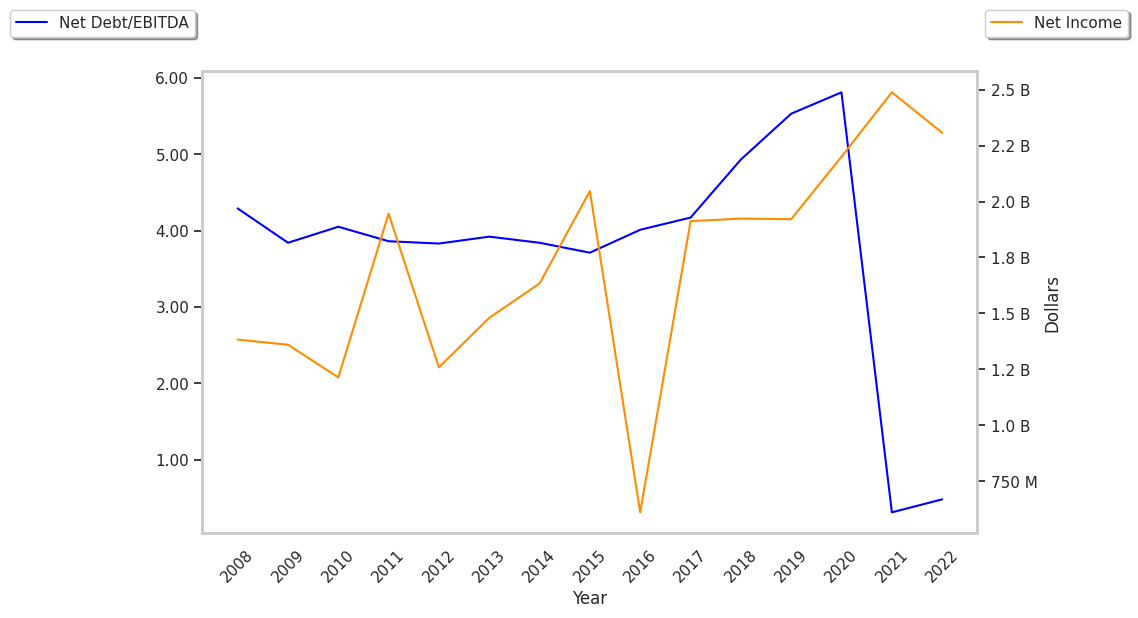Most analysts love American Electric Power Company, which has an average rating of buy. But there's reason to believe the stock may be overvalued at today's price of $81.73 per share. Let's look at the fundamentals ourselves and see if we reach a different conclusion than the analyst community.
American Electric Power Company has a P/E ratio of 18.7 based on its 12 month trailing earnings per share of $4.36. Considering its future earnings estimates of $5.6 per share, the stock's forward P/E ratio is 14.6. In comparison, the average P/E ratio of the Utilities sector is 17.53 and the average P/E ratio of the S&P 500 is 15.97.
American Electric Power Company's P/E ratio tells us how much investors are willing to pay for each dollar of the company's earnings. The problem with this metric is that it doesn't take into account the expected growth in earnings of the stock. Sometimes elevated P/E ratios can be justified by equally elevated growth expectations.
We can solve this inconsistency by dividing the company's trailing P/E ratio by its five year earnings growth estimate, which in this case gives us a 4.21 Price to Earnings Growth (PEG) ratio. Since the PEG ratio is greater than 1, the company's lofty valuation is not justified by its growth levels.
We can also compare the ratio of American Electric Power Company's market price to its book value, which gives us the price to book, or P/B ratio. A company's book value refers to its present equity value -- or what is left over when we subtract its liabilities from its assets. AEP has a P/B ratio of 1.7, with any figure close to or below one indicating a potentially undervalued company.
A comparison of the share price versus company earnings and book value should be balanced by an analysis of the company's ability to pay its liabilities. One popular metric is the Quick Ratio, or Acid Test, which is the company's current assets minus its inventory and prepaid expenses divided by its current liabilities. American Electric Power Company's quick ratio is 0.292. Generally speaking, a quick ratio above 1 signifies that the company is able to meet its liabilities.
Now we turn to the actual cash that American Electric Power Company has on hand after all of its inflows and outflows of capital have been accounted for -- including non business related items such as the cost of maintaining its debt. This final bottom line is called levered free cash flow, and for American Electric Power Company it stands at -$3.46 Billion. This negative cash flow could mean the company may not be able to sustain its 4.0% dividend for much longer.
With most indicators pointing at a higher than average valuation with uncertain growth prospects, most analysts are either wrong about American Electric Power Company, or their research has uncovered one or more qualitative reasons to invest in the stock. For example, the strength of the management team and their plan for executing the business strategy may have convinced some analysts to give less weight to traditional quantitative factors.



